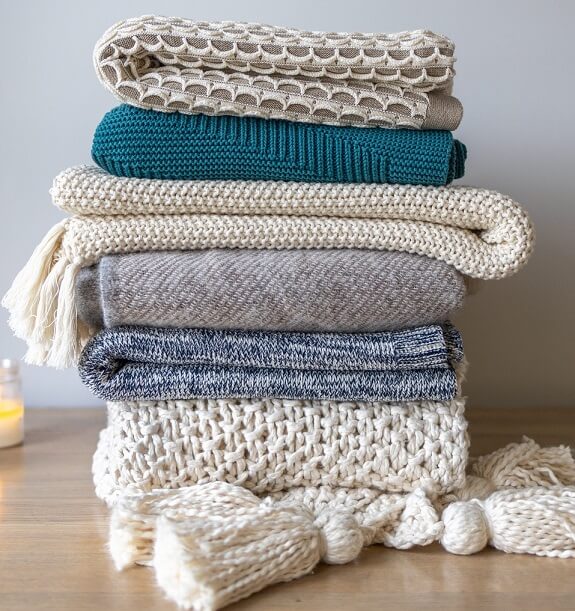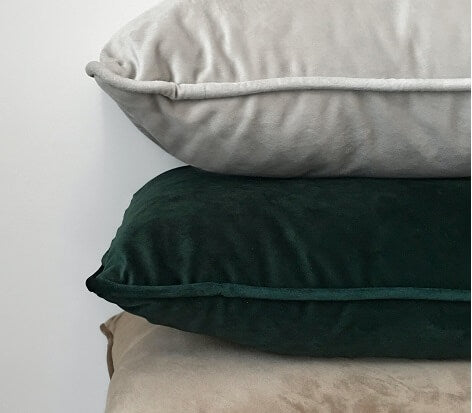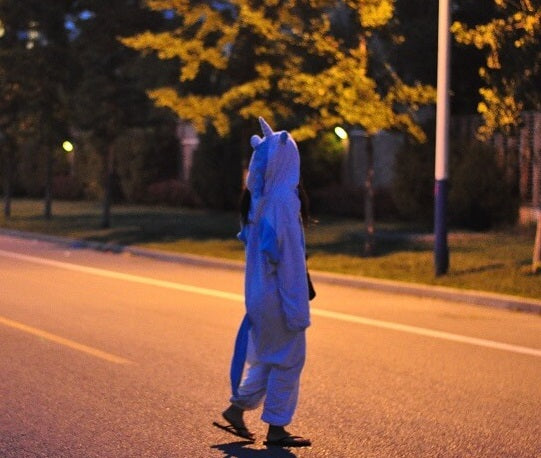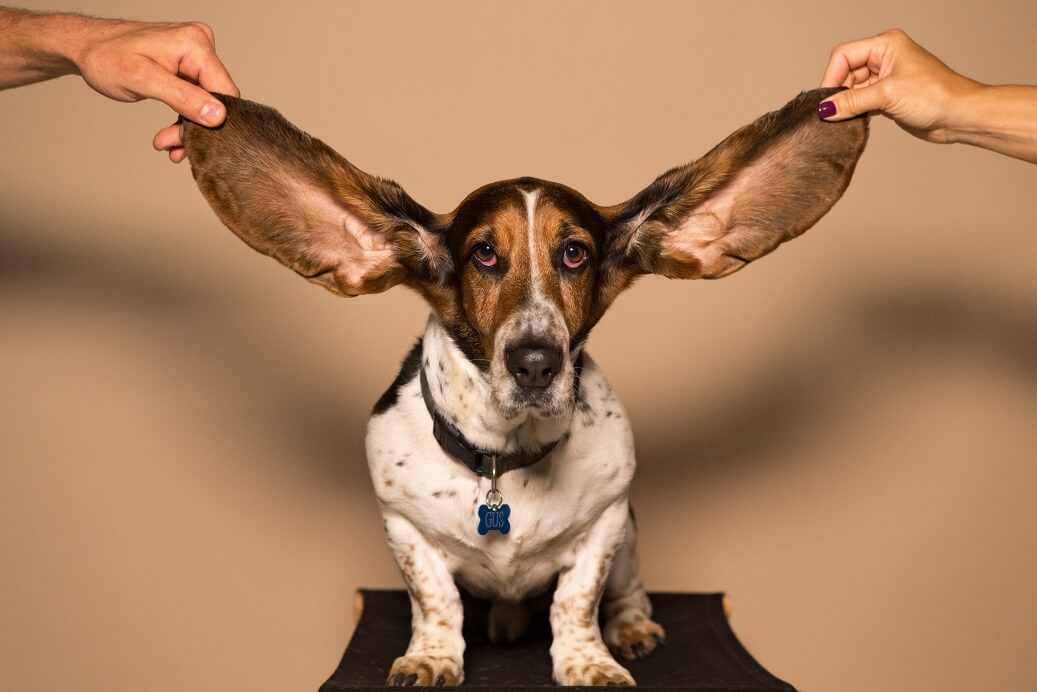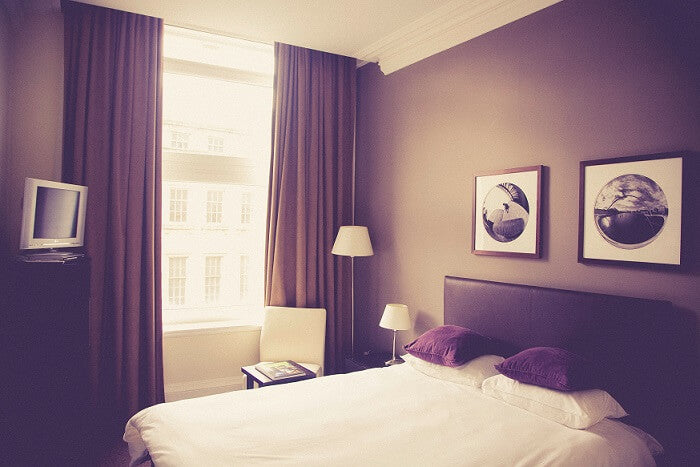Sleep disorders are a common issue that affects millions of people worldwide. From insomnia to sleep apnea, these conditions can have a significant impact on a person's overall health and well-being. One simple yet effective tool that can aid in managing sleep disorders is a padded eye mask. By blocking out external light and promoting a deeper, more restful sleep, these masks offer a comfortable and soothing experience that can help individuals fall asleep faster and stay asleep longer.

Understanding Sleep Disorders and the Importance of Darkness
A variety of factors can contribute to the prevalence of sleep disorders, impacting an individual's ability to fall asleep, remain asleep, and the overall quality of their sleep. One crucial element in this complex puzzle is light exposure. Naturally, the human body's internal clock, or circadian rhythm, is closely aligned with the cycle of day and night. This rhythm influences physical, mental, and behavioral changes over a 24-hour period, including the sleep-wake cycle. Light exposure at night can disrupt this natural cycle, hindering the body's ability to prepare for sleep.
Darkness plays a pivotal role in signaling the body to produce melatonin, often referred to as the "sleep hormone." Melatonin levels rise in the evening, promoting sleep, and fall in the morning, assisting wakefulness. In environments where artificial lighting is prevalent, or where screen use is common before bedtime, melatonin production can be suppressed. This suppression can delay sleep onset and disrupt sleep patterns, contributing to sleep disorders.
Padded eye masks offer a practical solution to this problem by simulating darkness and encouraging the body to commence its natural nighttime processes. This simple yet effective approach can be particularly beneficial for individuals living in urban settings where light pollution is a common issue, or for those whose schedules require them to sleep during daylight hours. By mimicking the natural darkness our bodies crave, padded eye masks serve as a valuable tool in the battle against disrupted sleep patterns and the array of sleep disorders plaguing modern society.
The Science Behind Padded Eye Masks and Sleep Improvement
Padded eye masks are ingeniously designed to shield the eyes from light, essentially enveloping the wearer in a cocoon of darkness that is conducive to deep, restorative sleep. This intentional darkness is more than just a barrier to light; it serves as a cue to the body, signaling that it's time to wind down and embrace the sleep process. It taps into the body's biological mechanisms, specifically the regulation of melatonin, the hormone responsible for controlling sleep-wake cycles. As melatonin levels increase, the body begins to transition into a state more favorable for sleep, making it easier to drift off and progress through the various sleep stages unencumbered by light disruption.
Scientific research supports the effectiveness of using eye masks to enhance sleep quality. Studies have identified a noticeable improvement in sleep patterns among mask users, including an increase in REM sleep duration. REM sleep, a critical component of the sleep cycle, plays an essential role in brain function and emotional health. Its augmentation indicates a more structured and beneficial sleep architecture, suggesting that the simple act of wearing a padded eye mask can have profound effects on the overall sleep experience.
The mechanisms at play are grounded in the body's natural predispositions towards light and darkness, with eye masks serving as a practical tool to leverage these inclinations for sleep improvement. Their use not only facilitates the onset of sleep but also contributes to a more uninterrupted and qualitative sleep experience, highlighting their value in sleep health and disorder management.
The Design and Material Considerations for Optimal Comfort
Selecting the right padded eye mask is pivotal in ensuring a night of uninterrupted, quality sleep. A critical factor to consider is the mask's design; it should contour comfortably to the face, sealing out light without exerting undue pressure on the eyes or forehead. An adjustable strap is a must-have feature, allowing users to customize the fit to their personal comfort level and head size, thus preventing the mask from slipping during sleep.
Material selection plays an equally important role in maximizing comfort and enhancing the sleep experience. Fabrics that are soft to the touch and gentle on the skin are preferable. High-quality, breathable materials such as mulberry silk or organic cotton not only offer superior comfort but also help to regulate temperature, keeping the face cool and preventing sweat build-up throughout the night. For individuals with sensitive skin or allergies, hypoallergenic options are available that minimize the risk of irritation.
Additionally, the padding within the mask is a component that should not be overlooked. Memory foam, known for its ability to mold to the wearer's facial contours, provides an optimal balance of comfort and light-blocking effectiveness. However, the thickness and density of the padding should be considered; too much can make the mask feel cumbersome, while too little may not offer sufficient light filtration.
By carefully selecting a padded eye mask that combines the right design with suitable materials and padding, individuals can significantly improve their chances of achieving a restorative sleep, essential for tackling the challenges of sleep disorders.
The Psychological Benefits of Using a Padded Eye Mask
The psychological advantages of employing a padded eye mask extend beyond merely enhancing the physical aspects of sleep. It serves as a powerful tool in managing stress and mental clutter that often stands in the way of peaceful slumber. The act of putting on an eye mask can become a ritualistic signal to the mind, indicating that it's time to leave the day's worries behind and transition into a state of relaxation and rest. This ritual can significantly decrease the time it takes to fall asleep, as the mind begins to associate the mask with restfulness and tranquility.
Moreover, for those whose sleep is frequently interrupted by racing thoughts or anxiety, a padded eye mask can provide a form of sensory deprivation that helps to quiet the mind. This sensory reduction makes it easier for the brain to shift away from the alert and active beta waves to the slower, more restful alpha and theta waves that characterize the initial stages of sleep. The resultant sense of calm and diminished mental chatter is instrumental in achieving a state of readiness for sleep, thereby enhancing the overall quality of rest.
Additionally, this simple accessory can offer a sense of personal sanctuary and privacy, which is particularly beneficial in environments that are not solely dedicated to rest, such as shared living spaces or while traveling. The psychological comfort found in this personal dark space can greatly contribute to a more relaxed state of mind, further facilitating a smoother transition into sleep.

Real-Life Success Stories: From Sleepless Nights to Restful Mornings
The transformative impact of padded eye masks on sleep patterns is vividly illustrated through the experiences of those who once faced chronic sleep challenges. One notable account comes from Alex, a software developer who grappled with erratic sleep schedules due to late-night coding sessions. Incorporating a padded eye mask into his bedtime routine proved to be a game-changer, enabling him to disconnect from the day's stress and immerse in uninterrupted sleep. Similarly, Emma, a nurse working night shifts, found solace in her padded eye mask, which allowed her to create a night-like atmosphere during the day, dramatically improving her sleep quality and overall mood. These stories underscore the significant difference a simple change, such as the addition of a padded eye mask, can make in transforming sleep from a source of frustration to a rejuvenating experience. Through their journeys, it's clear that achieving restful nights and energized mornings is within reach, highlighting the potential of padded eye masks as a pivotal solution for those seeking to overcome sleep disorders and reclaim the joy of a good night's sleep.
Integrating Padded Eye Masks into Your Sleep Routine
Incorporating a padded eye mask into your nightly sleep routine can be a transformative step towards better sleep health. Begin by selecting a mask that aligns with your comfort preferences and needs, focusing on the fit, material, and design that suits you best. Establish a bedtime routine that includes dimming the lights and reducing screen time at least an hour before sleep, then gently place the mask over your eyes as you settle into bed. This act signals to your brain that it’s time to wind down, facilitating a quicker transition into sleep. For those who find themselves easily disturbed by light or who struggle to disconnect from the stresses of the day, the mask serves as a physical barrier to distractions, encouraging your mind and body into a state conducive to deep, restful sleep. With consistent use, you’ll likely notice improvements not just in the ease of falling asleep, but also in the quality of sleep achieved throughout the night. Make it a staple of your sleep hygiene practice, and observe the positive changes it can bring to your overall sleep experience and disorder management.

